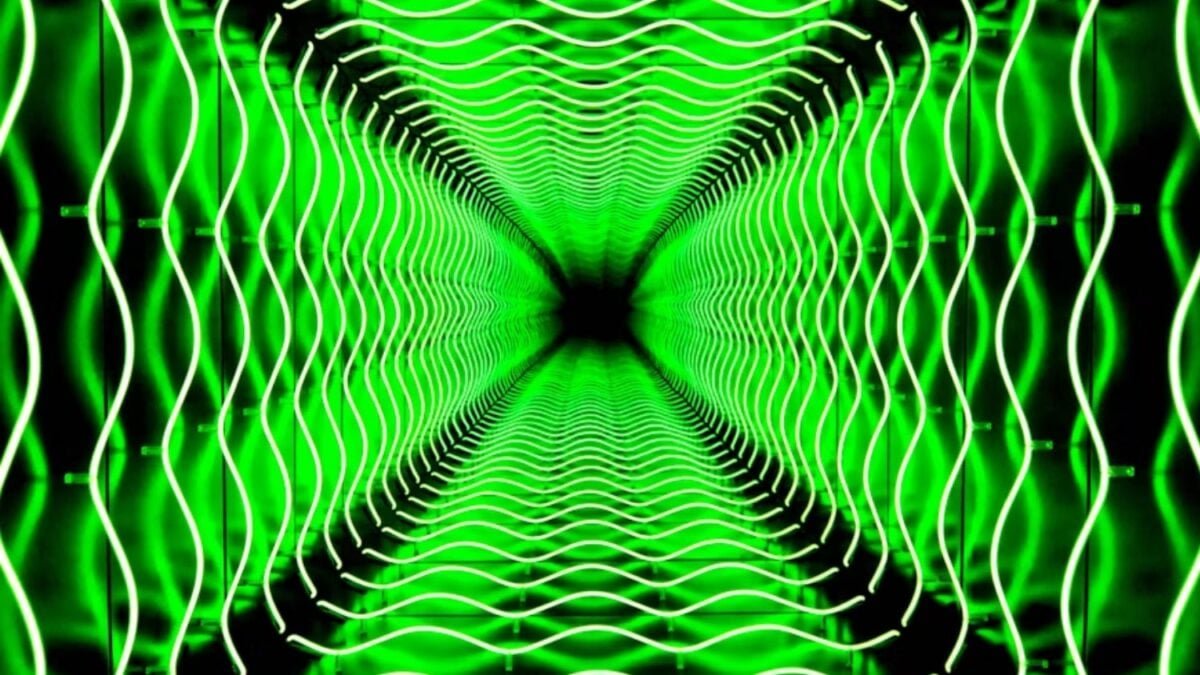Manipulating a single atom is now possible: A group of Latin American scientists master quantum interference and take a step towards future computers.

In a laboratory at the , a group of Argentine researchers works on the very edge of matter. They are not looking for molecules or materials: they are seeking to master individual atoms, the scale where classical physics ceases to make sense and the quantum realm begins., positioning UNNE among the few centers in the world studying the direct control of atomic quantum states, a key to the future of .
### Interfering to Control
The team, composed of scientists from along with colleagues from Spain and China, managed to control the spin of individual titanium atoms deposited on magnesium oxide. Spin is a fundamental property of particles and represents the basis of the qubit, the minimum unit of quantum information. The group proposed a completely different technique: using quantum interference itself as a control tool.
The method is based on the Landau-Zener-Stückelberg-Majorana phenomenon, a form of interference that occurs when two quantum states intersect and mix. Through a tunneling electron microscope, the researchers generated controlled electric fields between its tip and the atoms, producing constructive or destructive interferences that modified their state. The result: In quantum computing, where every millisecond counts, that difference can mark the boundary between success and coherence loss.
### The Race Against Decoherence
One of the biggest challenges of is decoherence: the process by which quantum information is destroyed when interacting with the environment. Atoms, when deposited on a surface, exchange energy with the surrounding electrons, and that simple contact can erase the quantum state in fractions of a second. The first approach is to accelerate operations to complete the process before the environment interferes. The second is to modify the environment itself, creating a kind of molecular “shield” to preserve the information.
This is where the group’s new collaboration with the comes in, where hybrid molecular-atomic structures are being designed to hold the atoms without direct contact with magnesium oxide. The goal is to protect quantum information from the environment and extend its coherence time.
### Argentine Science, Global Impact
The project, titled “Hybrid molecular-atomic architectures for scalable atomic quantum bit control,” received $25,000 in funding for 2026 through a program of . The experimental group is led by Dr. Yujeong Bae, along with Stepan Kovarik, while the theoretical group — from the Faculty of Exact and Natural Sciences (FaCENA) of UNNE — is led by Dr. Alejandro Ferrón, with the participation of Sergio Gómez, Estefanía Rus, and Omar Osenda. In the coming months, both teams will work together on the design and analysis of atomic quantum bits protected by these architectures. If they manage to stabilize the atoms long enough, they could establish the foundations for a new generation of faster, more precise, and efficient quantum processors.
### An Advance from the Edge of the Invisible
At first glance, But behind that image lies a revolution. The direct electrical control of individual quantum states could transform the way data is processed, allowing computers thousands of times faster than current ones. From a laboratory in Corrientes, a group of Argentine scientists is pushing the boundaries of atomic knowledge towards a future where information is written atom by atom. And although the quantum world remains invisible, its impact is beginning to be felt on the surface of the planet.






